You might not know this, but Venice is not the only place in the world where people make beautiful things out of glass. For decades, Ghanaians have been making wonderful glass beads from recycled glass, and they are absolutely captivating. If you want to learn more, continue reading, and we will tell you all about it.
The most well-known traditional Ghanaian glass beads, also known as Krobo (named after the mountains where the main production area is) are beads made out of recycles glass. This mostly means discarded glass bottles, as well as other glass things that have been thrown in the trash. And people of Ghana have learned how to turn garbage into something beautiful.
The earliest finds of Ghana glass beads date all the way back to 970-1000. However, if we only consider the ones made out of recycled glass specifically, then it is believed that people of Ghana, particularly Krobo people, have been making glass beads since the 1920s, maybe even earlier.
There are three types of beads made out of recycled glass:
- Translucent beads;
- Powder glass beads; and
- Painted glass beads.
Regardless of the bead type, the recycled glass is first washed thoroughly of all the dirt and liquid and then sorted by colour. Depending on the type of bead, glass is either broken into small pieces to make translucent beads or crushed with a mortar and pestle to make powder glass beads. Painted glass beads are basically the same as powder glass beads, only they are also decorated with the paste made out of powdered glass and water.
So how does it all work? Let’s look at the process step by step:
- In order to make beads out of recycled glass, Ghanaians use special clay moulds with holes of various shapes and sizes. The holes are filled with glass fragments or powder, and in latter case, cassava sticks are put in places where the holes should be. While the beads form, the cassava sticks burn away and leave holes in their places.
- After the moulds have been filled, they are put in kilns that are made out of termite clay.
- Translucent beads take about 35 to 45 minutes at 850-1000 °C;
- Powder glass beads take about 20-30 minutes at 650-800 °C;
- Painted beads need to be cooked in the same way as the powder glass beads. After the first round in the kiln, they are taken out, painted over with a mix of powder and water with the help of a wooden stalk and put back in the kiln to cook a second time. That way, the design will stay on.
- After the cooking time has passed, the moulds are taken out of the kilns so that the beads can cool. However, if we are talking about translucent beads, the artisan has to make holes in them before they become cold. The craftsmen use awls to poke holes in the centre of each bead before they harden.
- The beads can be removed from their moulds after about an hour after being taken out of the kiln. If anyone tries to take them out before that, the beads might crack.
- When the beads have been removed, they need to be washed and polished. People who make beads usually use water and sand to turn the coarse beads into smooth stones.
Apart from the aforementioned Krobo beads, people of West Africa have been creating many other kinds of glass beads. Among them are:
- Akoso beads (also made by the Krobo people). These beads date back to the 1950s, and they usually come in yellow and green with loops, circles and stripes.
- Meteyi beads (made by Ashanti people of Ghana). These beads used to be made before the 1940s, and they were mostly yellow and cylindrical in shape.
- Ateyun beads (made by the Yoruba people from Nigeria). These beads were made to imitate coral, as they were always red. Unlike Ghanaian beads, these were not made in moulds but shaped by hand.
- Keta awuazi beads (made by people from the regions of today’s Nigeria and Togo). Similarly to the Meteyi beads, these have not been seen since the 1940s. They were usually blue and cylindrical in shape.
- Kiffa beads (made by people from Mauritania). These very colourful beads were also made using the wet core technique. The powdered glass was mixed with a binding agent (sometimes even saliva) and decorated with a similar mix using a steel needle. The beads were then cooked in open fires or small containers, such as sardine cans.
If you want to see the art of glass bead making with your own eyes, you should definitely come to West Africa. Ghana in particular is one of the countries where you can find the most bead making factories in the region, the most popular of them being the Cedi Bead Factory. So pack your bags and plan your next trip to Ghana!

Edite Strautmane, travel writer and nature enthusiast, shares her passion for travel, exploration and adventure through stories on GhanaTRVL.

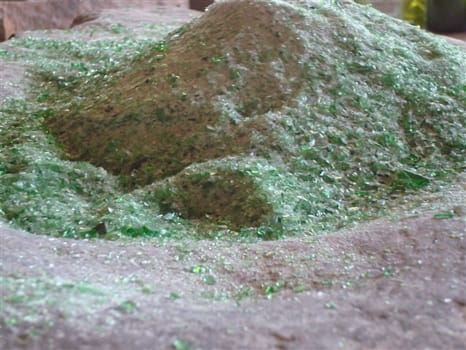









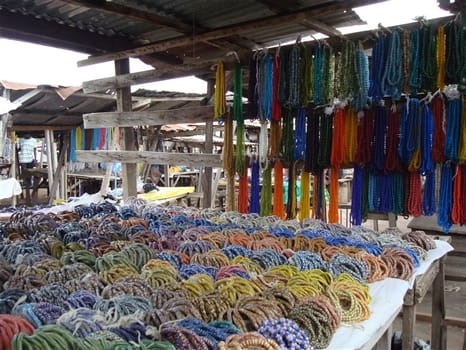
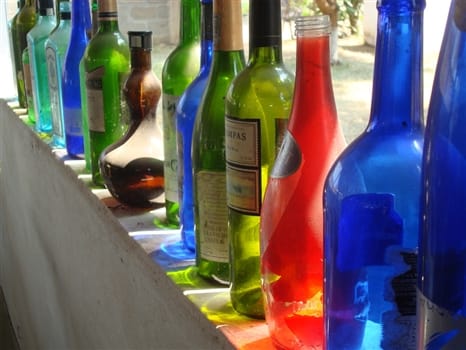
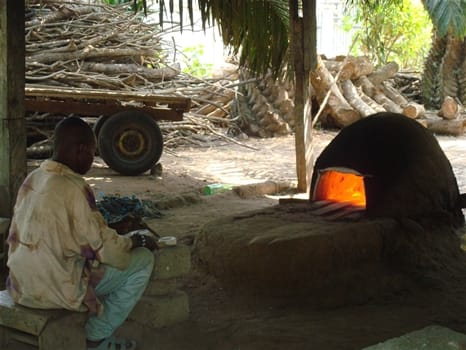
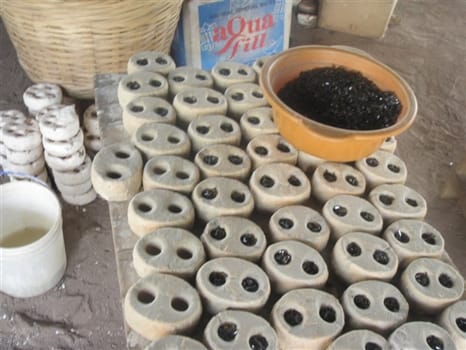
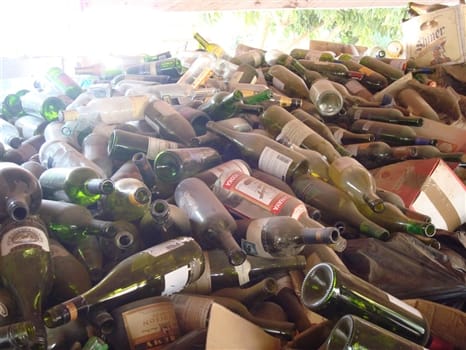

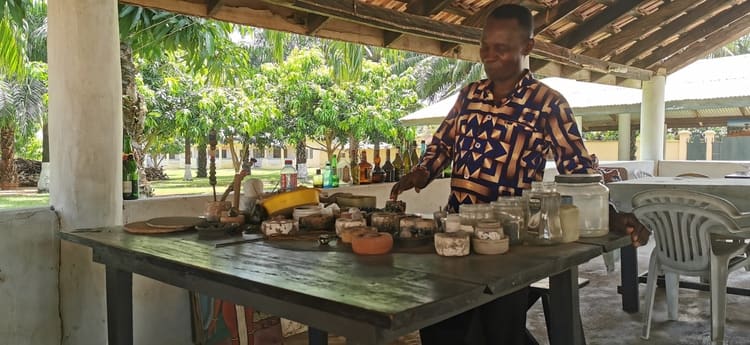


Comments